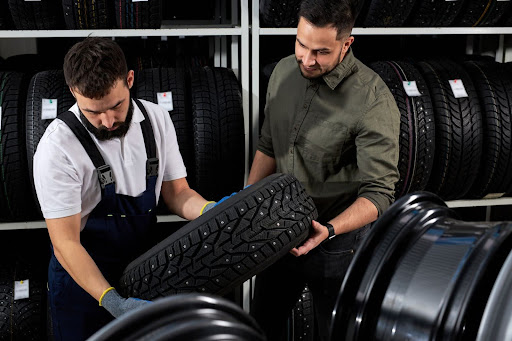
The automotive technology company Veoneer, Inc. (NYSE: VNE and SSE: VNE SDB), has commenced production of its 4th generation thermal sensing system, called Night Vision. Debuting on the 2021 Cadillac Escalade, the Night Vision system enhances forward visibility by using a wider field-of-view thermal camera with four times greater resolution compared to the previous generation, to extend road coverage, improve detection capability, and display a sharper image to the driver.
Veoneer’s thermal camera is integrated into the front grille of the Cadillac Escalade and the thermal image is displayed in front of the driver on Cadillac’s new 38-inch curved OLED screen. Veoneer’s system senses very small temperature variances to differentiate objects from their surroundings at extended ranges. The system uses enhanced analytics to help drivers see beyond their headlamps and detect pedestrians, vulnerable road users, and animals up to 200 meters in good weather. The system alerts drivers of potential dangers in total darkness and other low visibility conditions including fog, smoke, and blinding on-coming headlights.
Veoneer’s business supports the Global Sustainable Development Goals and its technologies supports goal #3, halving the number of global deaths and injuries from road traffic accidents. According NHTSA1, more pedestrian fatalities occur in the dark (76%) than in daylight (20%), dusk (2%), and dawn (2%). Compared to the 3rd generation system, the camera size is 50% smaller and 50% lighter enabling Veoneer to include more cameras per pallet during shipment, reducing carbon emissions during transportation and delivery to the Cadillac production line.
Veoneer is the market leader for automotive thermal sensing systems, delivering globally to 11 customers on more than 35 vehicle models. The all-new Cadillac Escalade will be the first of several models to be equipped with Veoneer’s automotive industry-first thermal sensing system. The 2021 Escalade also offers Super Cruise as an option, the first truly hands-free driver assistance feature for compatible highways. Veoneer is pleased to be a key part of the architecture with the introduction of our all-new High Definition Map and Localization Module. This technology platform provides Super Cruise stored data from sensors across the vehicle including cameras, GPS, and HD Maps in order to position the vehicle in the lane and safely perform the Super Cruise maneuvers, including Lane-Change-on-Demand functionality.
“Veoneer’s 4th generation thermal sensing system is a leap forward in the innovation of smaller automotive thermal cameras with increased resolution and improved analytics to enhance the detection of pedestrians and animals on the road,” says Jan Carlson, Veoneer’s Chairman, President and CEO. “The launch of our newest thermal sensing system and the inclusion of our localization technology on the 2021 Cadillac Escalade is an important milestone in Veoneer’s journey towards safe collaborative driving.”
This business is included in Veoneer’s previously announced backlog.
1) https://crashstats.nhtsa.dot.gov/Api/Public/ViewPublication/812850
Veoneer, Inc. is a worldwide leader in automotive technology. Our purpose is to create trust in mobility. We design, manufacture and sell state-of-the-art software, hardware and systems for occupant protection, advanced driving assistance systems, and collaborative and automated driving to OEMs globally. Headquartered in Stockholm, Sweden, Veoneer has 7,400 employees in 12 countries. In 2019, sales amounted to $1.9 billion. The Company is building on a heritage of close to 70 years of automotive safety development. In 2018, Veoneer became an independent, publicly traded company listed on the New York Stock Exchange (NYSE: VNE) and on the Nasdaq Stockholm (SSE: VNE SDB).






More Stories
Arkema: from cell phone to EV batteries in 40 years
BRANO and DOMO join forces to replace aluminum with TECHNYL® polyamide
trinamiX – will cars function like Smartwatches in the future?